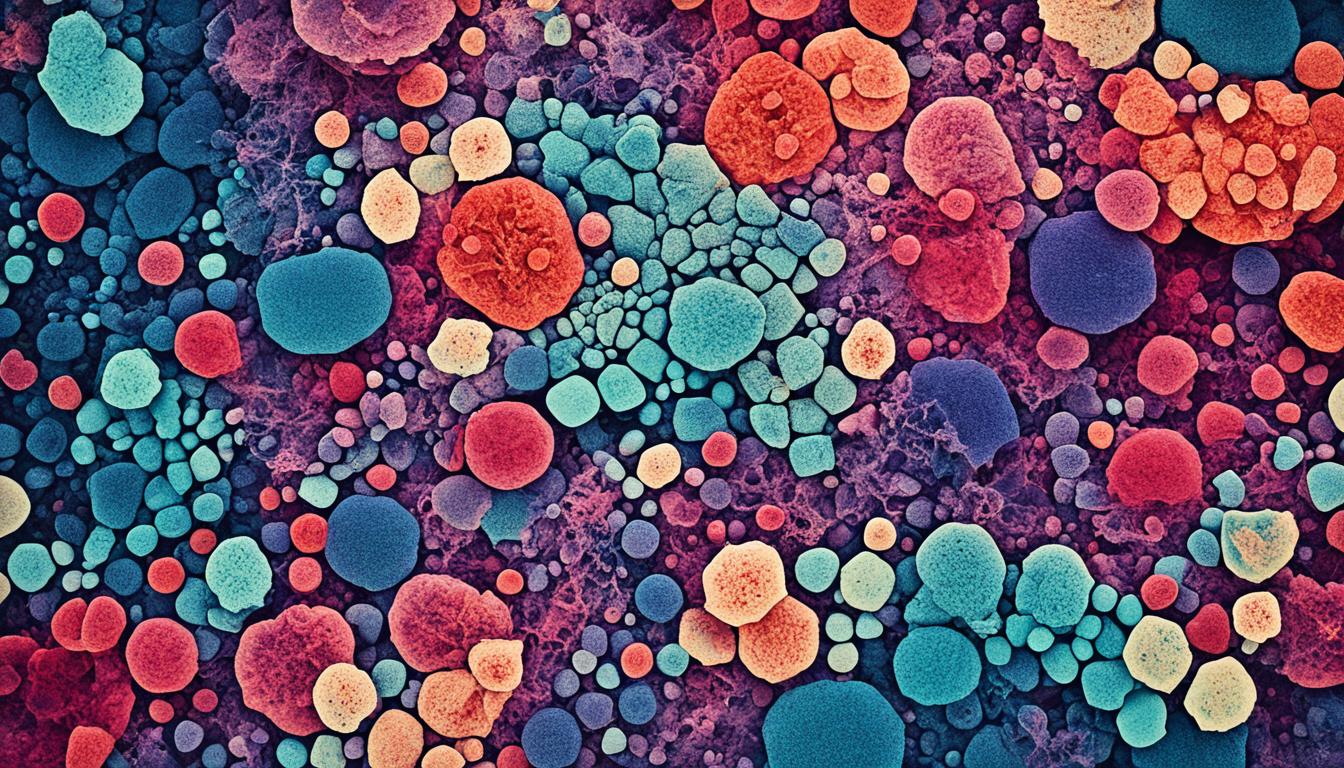Toxic epidermal necrolysis (TEN) is a very serious skin condition. It causes the skin to become tender, blister, and peel off. This condition is dangerous and can be life-threatening. It’s usually seen as a reaction to certain drugs. This makes it a rare but harmful disorder. TEN is closely linked with Stevens-Johnson Syndrome but is more severe, leading to more skin loss. Medications like allopurinol, sulfonamides, and antiepileptic drugs can cause TEN. Infections from Mycoplasma pneumoniae and herpes simplex virus can also be triggers.
Doctors diagnose TEN by looking at the patient’s symptoms and by doing a skin biopsy. A skin biopsy helps them see the damage. The main treatment is to stop using the harmful drug right away. Patients need care in an intensive care unit. They might also get special medicines like intravenous immunoglobulin. Lately, using stem cells from umbilical cords has shown potential. This therapy aims to help the skin heal better and reduce the bad effects of TEN.
Key Takeaways:
- Toxic epidermal necrolysis (TEN) is a severe and life-threatening skin condition characterized by mucocutaneous tenderness, skin blistering, and extensive skin detachment.
- TEN is often triggered by drug-induced skin toxicity or infections like Mycoplasma pneumoniae and herpes simplex virus.
- Diagnosis of TEN involves clinical signs and histological analysis of a skin biopsy.
- Treatment includes discontinuation of the causative drug and specialized supportive care.
- Stem cell therapy, specifically umbilical cord mesenchymal stem cell transplantation, shows promise in promoting healing and reducing complications in TEN patients.
Symptoms and Diagnosis of Toxic Epidermal Necrolysis
Toxic epidermal necrolysis (TEN) begins with flu-like signs. You might have fever and feel really tired. Then, a painful rash starts, causing your skin to blister and peel off.
This affects sensitive areas like the eyes and mouth. The rash often looks like targets with circles of different shades. Eye problems are common and could be as minor as pink eye or as serious as corneal erosions.
It’s vital to diagnose TEN early for the best chance at treating it. Doctors check your health history and what medicines you’ve been taking. They also do an up-close look at your skin and might take a piece of it to study.
This skin biopsy helps confirm TEN. Doctors might also do other tests to make sure it’s not an infection. These tests can help figure out how severe the condition is and guide the best treatment plan.
Treatment and Outlook for Toxic Epidermal Necrolysis
Treating toxic epidermal necrolysis (TEN) involves several steps. The main goal is to stop the drug causing it, give supportive care, and avoid other problems. The first thing is to find and stop the triggering medication. Then, patients need special care, often in an intensive care unit or burn center.
This care includes keeping them hydrated and well-fed. It also means taking good care of their wounds and eyes. Surgery might be needed in bad cases, like if they get tight eyelids or eye ulcers.
Recent work has shown stem cell therapy might help. It uses stem cells from umbilical cords. This therapy aids healing and lowers future complications.
The outcome of TEN depends on different things, such as how much skin comes off and the person’s overall health. Quick treatment is key. Sadly, TEN’s death rate is usually higher than Stevens-Johnson Syndrome, around 25-35%. Yet, with prompt, correct care, many TEN patients get better.
Even after surviving TEN, some people face skin color changes, nail problems, eye issues, and breathing troubles. This shows the need for continued care to handle these problems and help the person recover fully. With the right treatment and careful follow-ups, healthcare teams can better the recovery for those with TEN.

